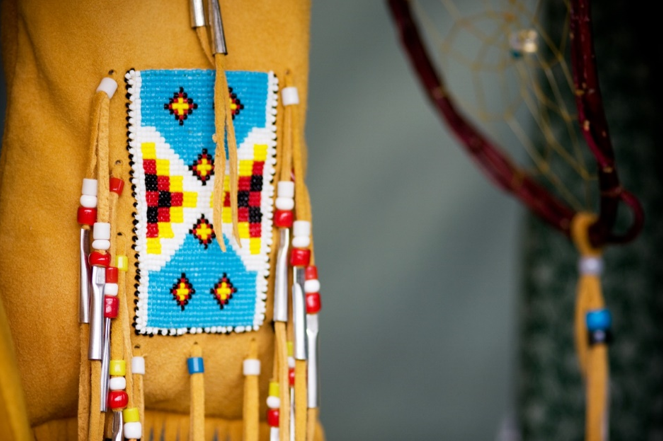Voluntary Indigenous Self-ID Option Offered at the Hospital
Published Monday, April 12, 2021

To better serve the Indigenous population in Northwestern Ontario, the Hospital has adopted a self-identification process to better understand patients and improve how they are served. As of March 16th, all patients are asked at registration if they’d like to voluntarily self-identify as First Nations, Métis or Inuit.
Voluntary Indigenous Self-ID Option Offered at the Hospital
To better serve the Indigenous population in Northwestern Ontario, Thunder Bay Regional Health Sciences Centre (TBRHSC) has adopted a self-identification process to better understand patients and improve how they are served.
As of March 16th, the Hospital began asking all patients at registration if they’d like to voluntarily self-identify as First Nations, Métis or Inuit. If they answer “yes” or “no” the response will be saved in the patient’s electronic medical record and the patient will not be asked again when registering in the future. If they do not provide a response, they will be asked on their next visit.
“We know Indigenous people face inequities in health care access and experience a higher rate of chronic disease and injury when compared to non-Indigenous people,” said Dr. Rhonda Crocker Ellacott, President and CEO at TBRHSC and CEO at the Thunder Bay Regional Health Research Institute. “This is a great step forward for our Hospital as we continue to respond to The Truth and Reconciliation Commission’s Calls to Action related to health care.”
The Hospital’s objective is to enrich the patient experience, improve health services, identify areas of need in the health care system, and provide data to measure the effectiveness of health care for Indigenous patients. This includes access to interpretation services (in Ojibway, Ojicree, and Cree), access to an Indigenous Patient Navigator, and Indigenous Care Coordinator and discharge planning coordination for a smoother transition to their home community.
“TBRHSC encourages Indigenous self-identification so we can better determine opportunities for service enhancements and address health needs in local Indigenous communities,” says Crystal Pirie, Senior Director, Indigenous Collaboration. “The information collected will be used for the sole purpose of providing the best possible care to patients.”
Patients can provide the information the next time they register for any services at TBRHSC or can go online at any time at www.tbrhsc.net/selfID. Proof of status is not required, and patients can choose not to answer if preferred.